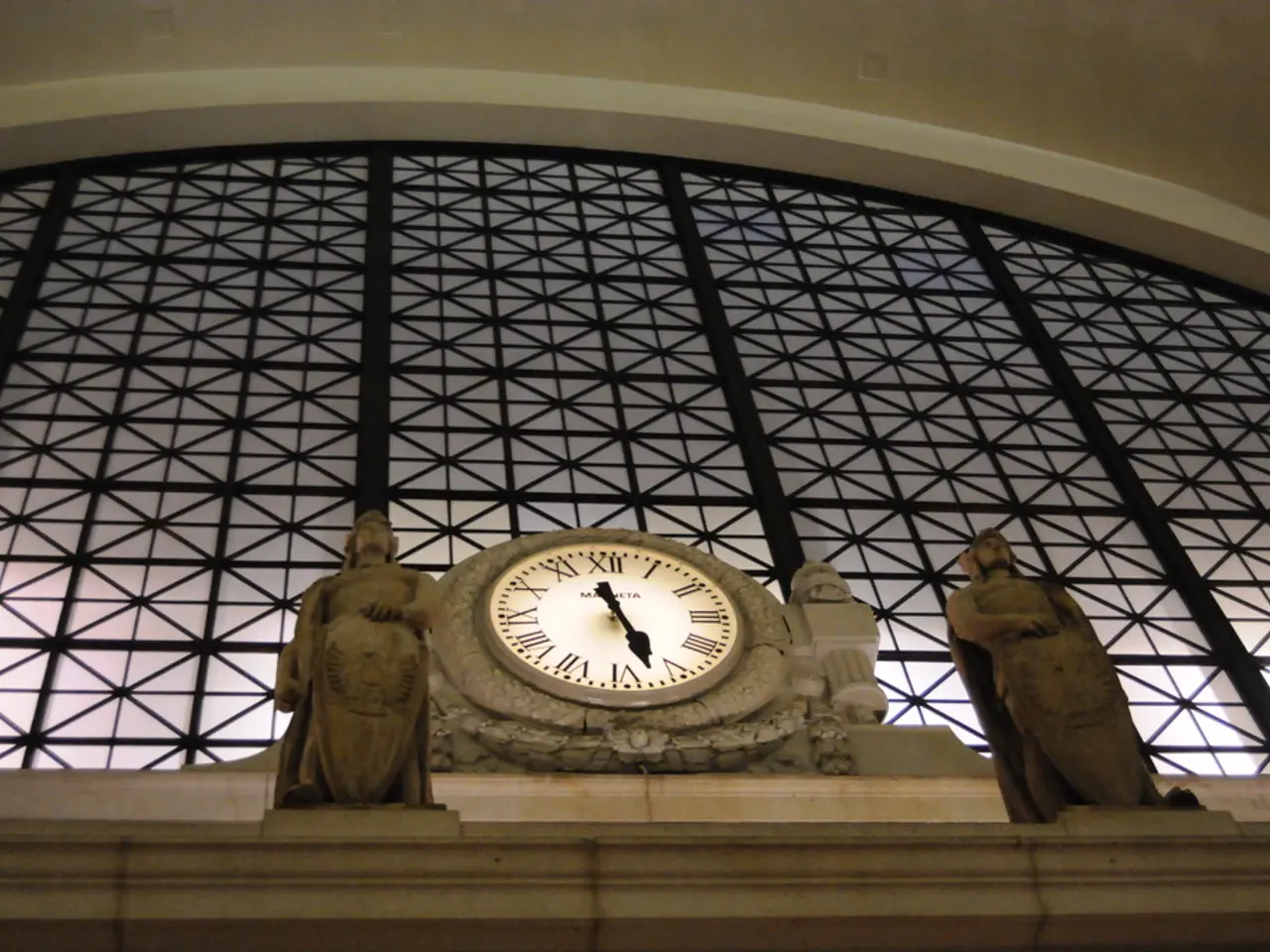Repairing the veneer on an 8-day Seth Thomas clock, including the column and cornice.
The intricate beauty of antique clocks, such as the 1870s Seth Thomas column and cornice time and strike shelf clock with sleigh front, requires careful restoration to preserve their historical authenticity. This article outlines the traditional wood restoration steps used to repair the Brazilian Rosewood veneer on this clock, using hide glue.
**1. Assess the Damage:** Begin by examining the veneer for signs of lifting, cracks, chips, or missing areas. Determine if the veneer is merely lifting or if pieces need replacement.
**2. Prepare the Surface:** Gently clean the veneer to remove dirt and old finishes that might interfere with adhesion. If veneer edges are lifting, carefully lift them further if necessary without causing more damage.
**3. Select and Prepare Hide Glue:** Choose hot hide glue, a traditional adhesive compatible with antique wood and veneer, which is reversible and flexible. Prepare hide glue by melting granules or glue sheets in water to a syrupy consistency, keeping it warm during application.
**4. Reglue Lifting Veneer:** Carefully inject or apply hot hide glue under the lifting veneer using a thin spatula or syringe. Press the veneer down firmly, using a veneer scraper or a small roller. Clamp the veneer in place with gentle pressure using veneer clamps or by placing wax paper and a flat board weighted down evenly, avoiding direct clamps that can dent the wood.
**5. Repair Missing Veneer:** If veneer is missing, source Brazilian Rosewood veneer matching the grain and thickness. Cut the replacement veneer carefully to fit the missing section. Apply hot hide glue to both the substrate and veneer patch, press into place, and clamp as above.
**6. Remove Excess Glue and Finish:** Once fully dry, scrape off any dried hide glue residue carefully with a scraper or scalpel. Sand lightly with fine abrasives (320-400 grit) without damaging surrounding veneer. Restore the finish to match the original, typically shellac or a period-appropriate sealer and wax.
**7. Reassemble and Inspect:** After veneer repair and finish restoration, reassemble any clock parts displaced and check stability.
Using Brazilian Rosewood veneer and hide glue maintains historical authenticity for your Seth Thomas clock. Approaching the repair with gentleness and patience preserves the antique's value and appearance. If unsure, consulting a specialist in antique clock restoration is advisable.
This detailed process aligns with the traditional materials and care expected for 19th-century clocks like your Seth Thomas with Plymouth Lyre movement. Old veneer from clock cases can be harvested for repair, but it is just as brittle. The completed clock has a repainted dial and a new middle tablet. Small quantities of hide glue are recommended for initial use, with the option to freeze and reuse any leftovers. Rosewood Minwax Gel stain is a close match to the older veneer, but experimenting with a coat of shellac first is recommended before applying a stain. The clock was purchased five years ago and has been running since.
Clock enthusiasts eager to restore the vintage appeal of clocks, such as the Seth Thomas clock, may find the lifestyle of home-and-garden enthusiasts intriguing, as incorporating antique clocks like these can add an interesting touch to their interiors. When repairing vintage clocks, it is crucial to use traditional materials like Brazilian Rosewood veneer and hide glue to maintain their historical authenticity.




